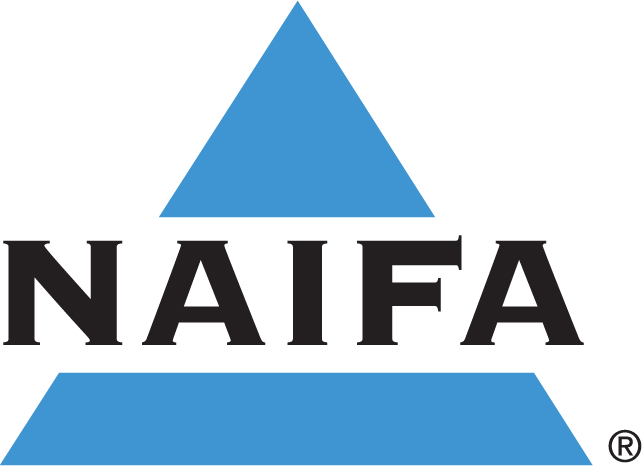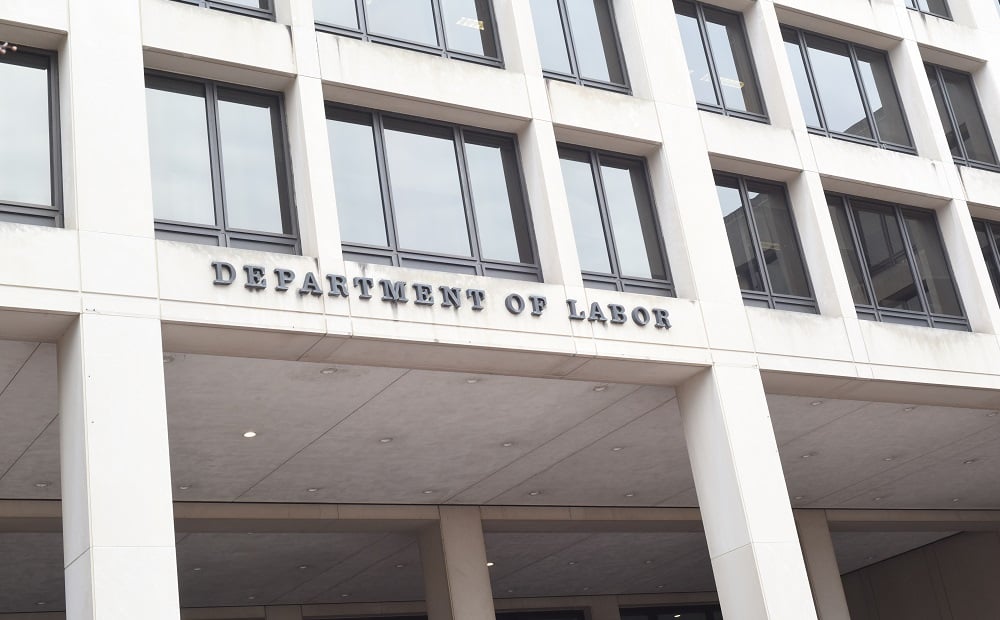The Department of Labor’s (DOL’s) current efforts to revive a fiduciary-only regulation for financial professionals is unnecessary and likely to harm low- and middle-income consumers by limiting their access to professional financial services, National Association of Insurance and Financial Advisors (NAIFA) CEO Kevin Mayeux, CAE, told officials from the Office of Information and Regulatory Affairs (OIRA) of the White House’s Office of Management and Budget (OMB).
“By moving forward with the Proposed Rule, OIRA and DOL are ignoring … the real-world experience that NAIFA members saw first-hand before the 2016 Fiduciary Rule was vacated,” Mayeux said. “If finalized, the Proposed Rule will again force financial professionals to move away from brokerage services into a fee-for-service model that is tailored to higher-income clients. This model simply does not work when a year-round fiduciary duty is imposed.”
The regulatory landscape has changed significantly to provide greater protections to consumers since NAIFA engaged in litigation that struck down the DOL’s 2016 Fiduciary Rule, Mayeux said. Since that federal appeals court ruling in 2018, the Securities and Exchange Commission has implemented and begun enforcing Regulation Best Interest (Reg BI), which requires broker-dealers and registered representatives to put their clients’ interests ahead of their own. Additionally, 45 states have enacted the National Association of Insurance Commissioners’ (NAIC’s) model regulation that creates a best-interest standard for annuity transactions, “meaning approximately 90% of the United States population is already covered under an enhanced standard of care,” Mayeux said.
In addition to the federal and state regulations, NAIFA members abide by a Code of Ethics that requires them to put their clients’ interests first.
“Our members are Main Street financial professionals who primarily serve and maintain long-standing relationships with individuals, families, and small businesses in their communities,” Mayeux said, adding that in a recent survey of more than 1,000 NAIFA members, nine out of 10 members said they serve middle-income individuals and families and 67 percent work with small businesses. A typical client’s annual household income falls below $150,000 for 69 percent of NAIFA members.
Currently, 70% of NAIFA members do not have a minimum asset requirement for service, according to the survey of NAIFA members, and only 13 percent of respondents require a minimum asset threshold of $50,000. If the Proposed Rule is finalized, that number will jump to 47 percent of respondents who will have to impose a minimum threshold exceeding $50,000.”
“The 2016 Fiduciary Rule made the brokerage model so expensive and risky that many of our members could no longer serve small accounts,” Mayeux said. “Low- and middle-income savers generally could not afford to hire a financial services professional subject to the fiduciary standards of the 2016 Rule and, as a result of the rule, these customers were shut out of the market for financial services professionals.”
Mayeux said that consumers need to be able to choose to work with financial professionals offering products and services that meet their needs. NAIFA supports all business models skilled financial professionals use to serve their clients. A brokerage model with commissions works very well for many consumers while others are better served by fee-based models. The current landscape offers an array of choices that the DOL proposal would seek to restrict.
“Simply put, American investors need more personalized assistance and more options for retirement planning and saving, not less. It is more important than ever that Americans are encouraged to save, have access to professional guidance, and have access to appropriate retirement savings products,” Mayeux said.
NAIFA is an advocacy partner of the Latin American Association of Insurance Agencies and the National African American Insurance Association, and Mayeux told the OIRA that a fiduciary-only rule would hit Black and Hispanic communities particularly hard, potentially increasing the racial wealth gap by 20% based on the size of IRAs.
In 2017, a Deloitte study found that as of the 2016 Fiduciary Rule’s first applicability date and before the rule was vacated, 53 percent of study participants reported limiting or eliminating access to brokerage guidance for smaller retirement accounts, impacting an estimated 10.2 million accounts and $900 billion in savings.
A more recent analysis from the Hispanic Leadership Foundation found that if DOL adopts a new rule that is similar to the 2016 Fiduciary Rule, the retirement savings of 2.7 million individuals with incomes below $100,000 would plummet by $140 billion over ten years.
“We urge OIRA to discontinue the rulemaking until you address the filed comments related to the Proposed Rule’s significant negative impact on access to financial services professionals and determine that the Final Rule will not harm low- and middle-income savers in a manner that cannot be addressed under the current regulations,” Mayeux said. NAIFA will continue to work with the Administration and members of Congress on behalf of financial professionals and the consumers who depend on them to oppose an unnecessary and potentially harmful DOL Fiduciary Rule.






%20(1).png)
